Evolution of Products Shows How Far Computing Can Go
Mary Beth O’Leary, who works in the mechanical engineering department at MIT, highlighted the amazing potential of AI in an article on the MIT website about IBM’s Watson and how far computing has come.
“Who is Bram Stoker?”
The answer to a final question in a particularly memorable 2011 episode of Jeopardy! in which three former champions, Brad Rutter and Ken Jennings competed with Watson, a supercomputer developed by IBM. By answering the final question correctly, Watson became the first computer to beat a human on the famous quiz show.
“In a way, Watson winning Jeopardy! seemed unfair to people,” said Jeehwan Kim, the Class of ’47 Career Development Professor and a faculty member of the MIT departments of Mechanical Engineering and Materials Science and Engineering. “At the time, Watson was connected to a super computer the size of a room while the human brain is just a few pounds. But the ability to replicate a human brain’s ability to learn is incredibly difficult.”
The computers tethered to Watson these days are considerably smaller, cooler and faster, according to Kim.
O’Leary covers a great deal of detailed information about the connection between different fields of AI, robotics, machine learning, smart homes, cameras, self-driving cars and more. The influence on so many products represents not only advances in the Internet of Things, but a revolution in the workflow of the lives of much the world’s population, even in Third World countries.
The article also mentions Kim’s view of neuromorphic computing methods. He notes it might be possible to have a neural network that is the size of a piece of typing paper.
read more at news.mit.edu

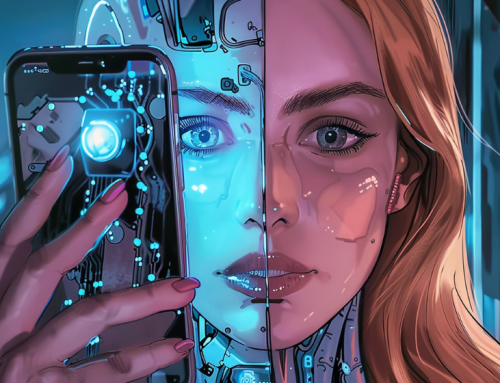
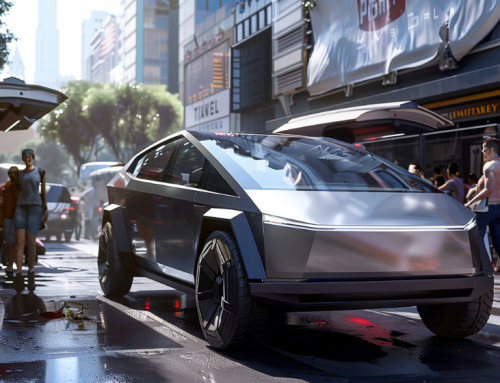
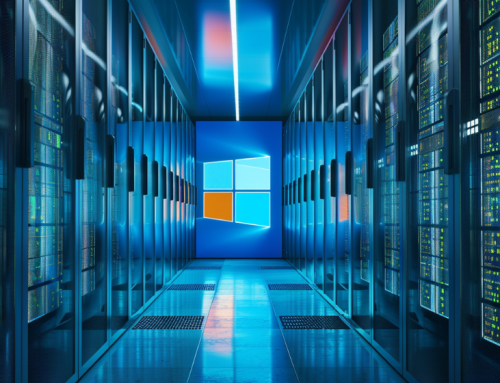
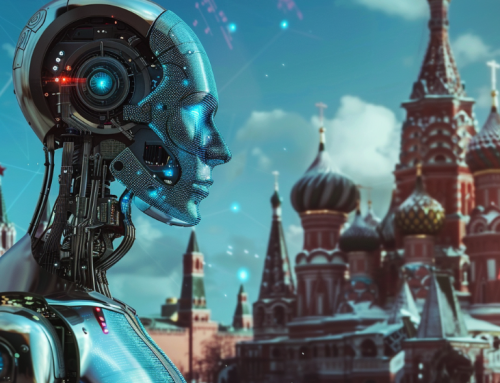
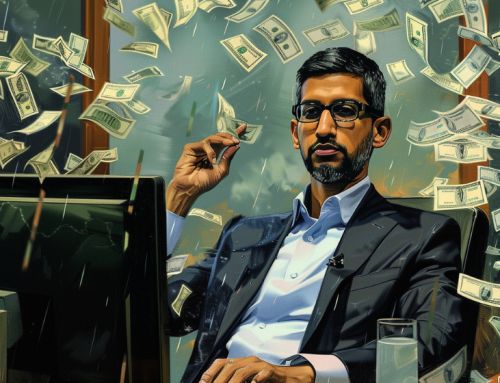

Leave A Comment